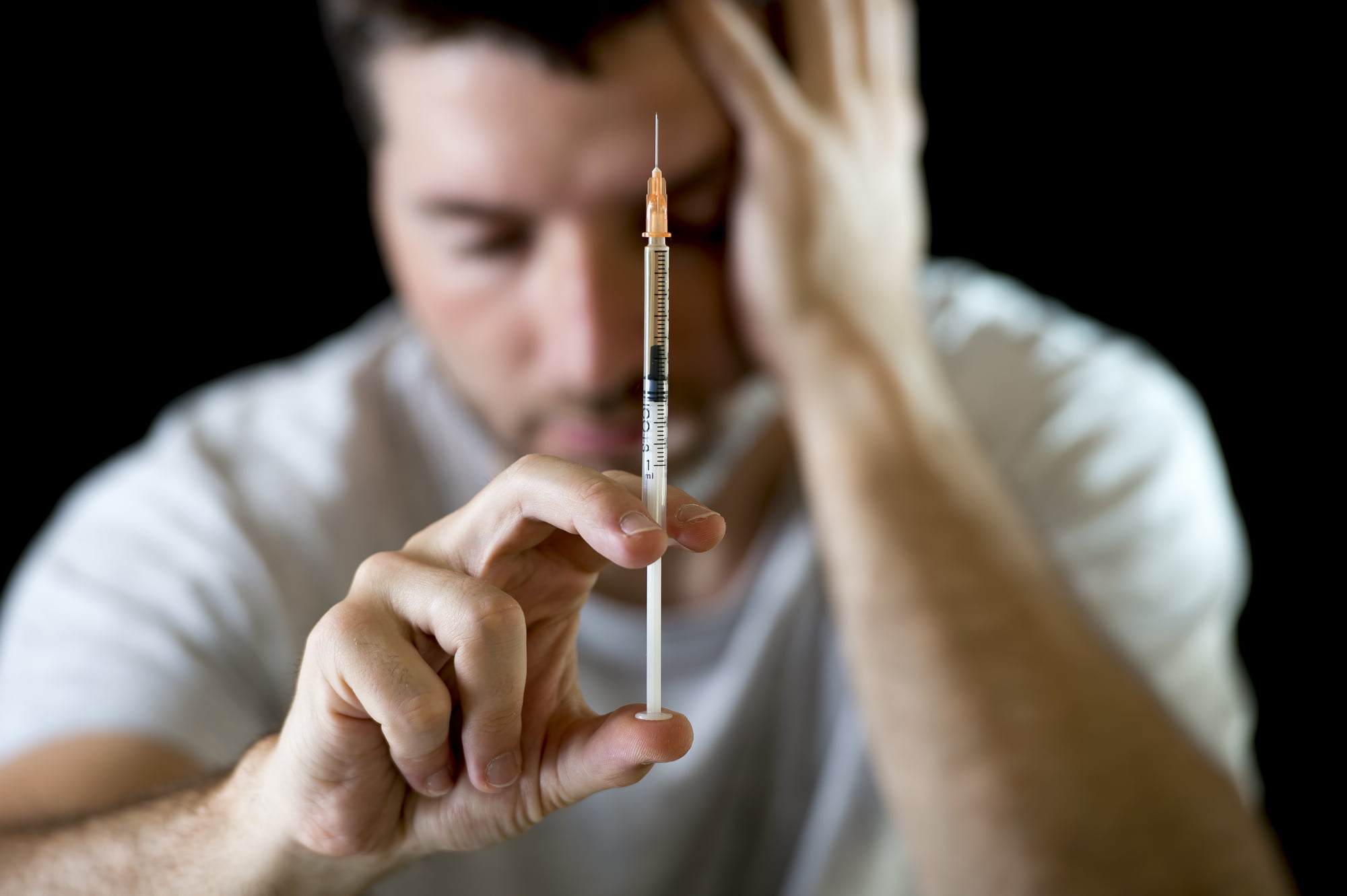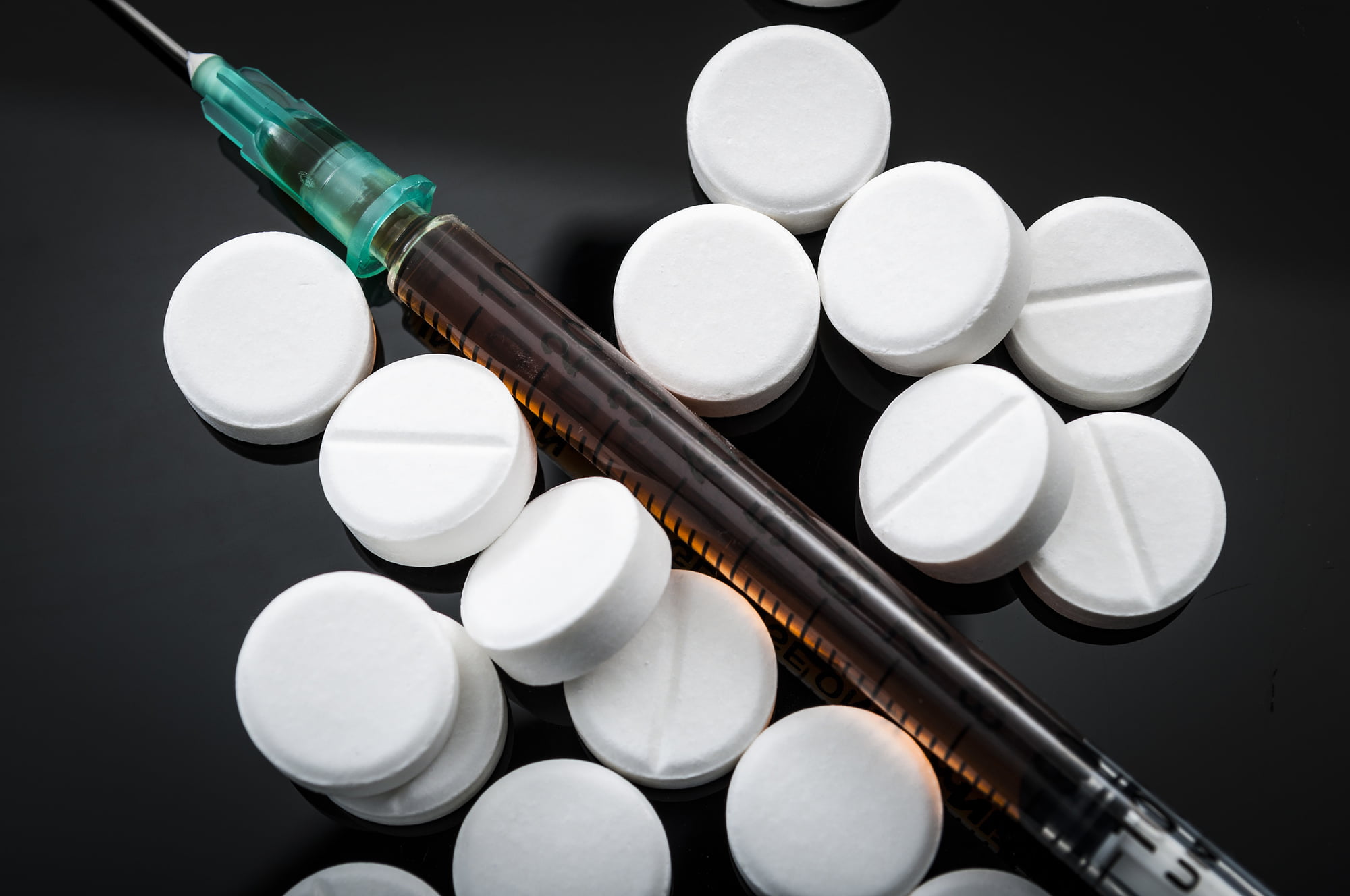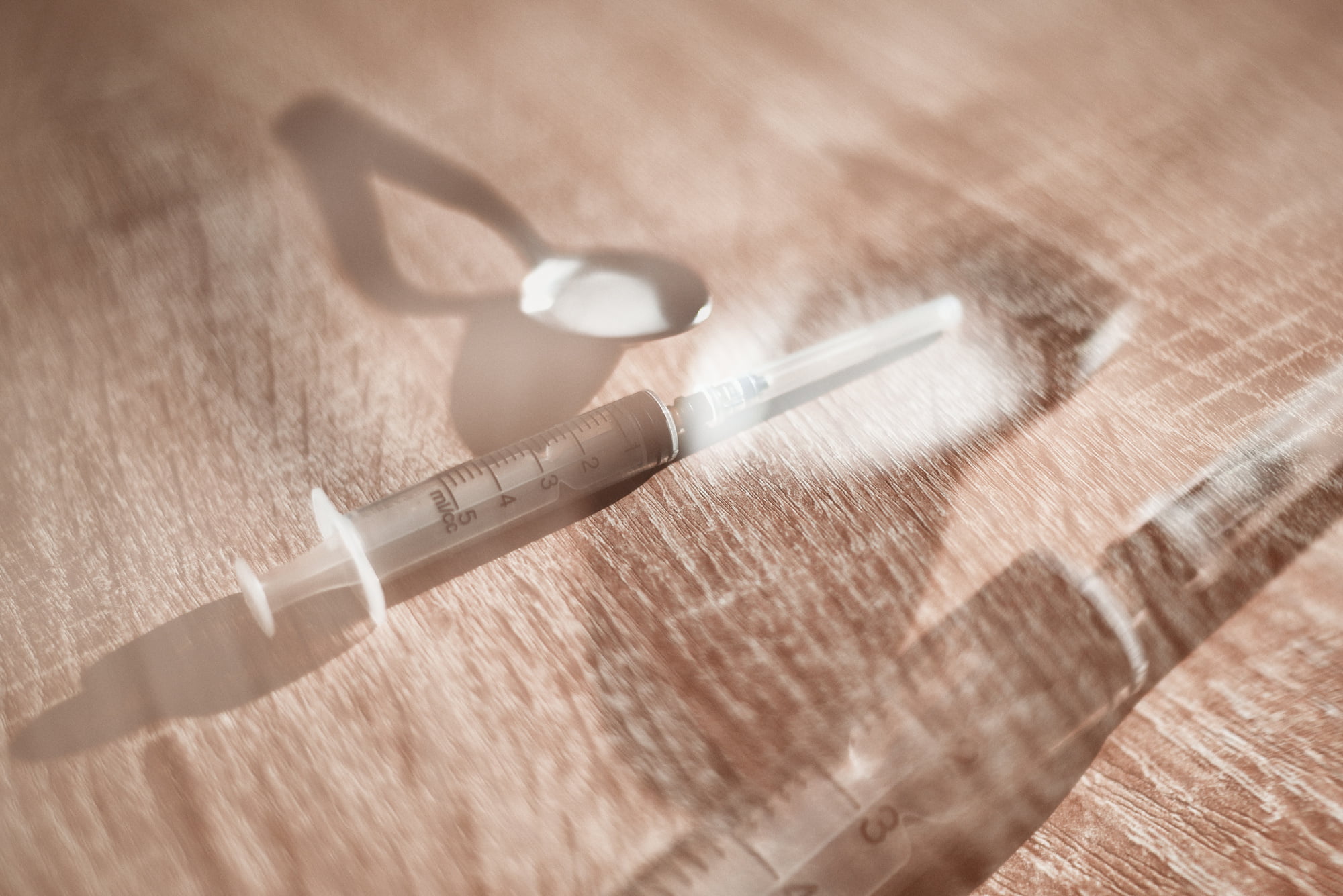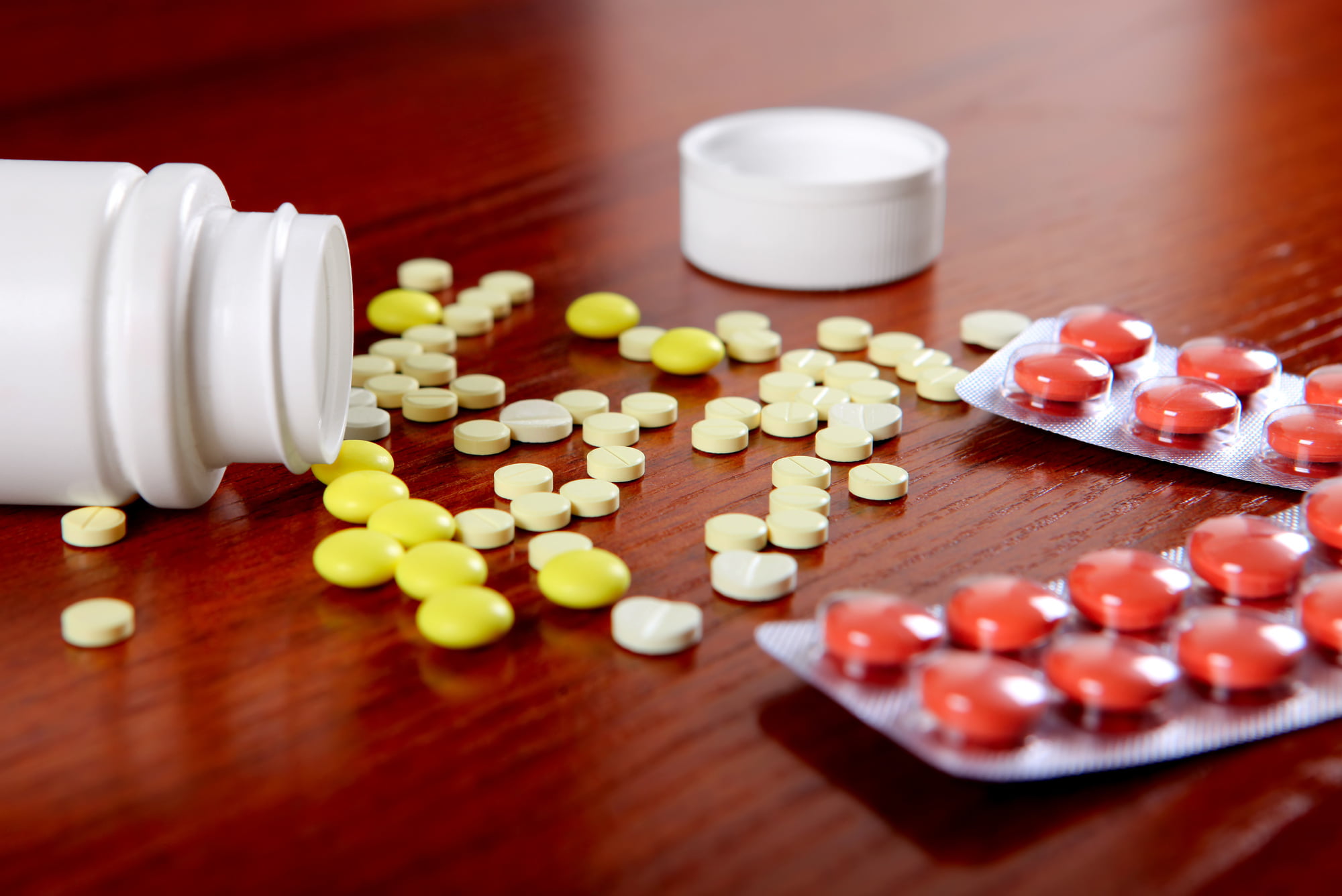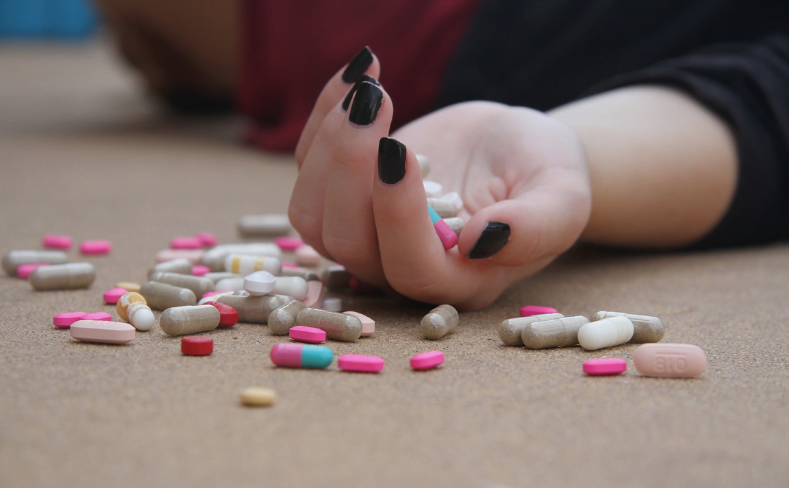How Effective is a Methadone Maintenance Program?
If you have done research on the current state of our country’s nationwide opioid epidemic, you have very likely heard about methadone maintenance. Methadone maintenance treatment usually brings about a wide range of opinions, but these are very rarely rooted in fact.
If you aren’t sure how you feel about methadone maintenance treatment programs or if you would just like to do a little more research, you’ve come to the right place. Read on to learn more about the effectiveness of methadone maintenance and what it can do for opiate addiction.
How Does it Work?
Methadone is a medicine that doctors use to treat opiate addiction and to relieve pain. It works to block the receptors in the brain that opioids affect.
Methadone maintenance treatments reduce or completely eliminate the drug cravings and the harsh withdrawal symptoms of withdrawal, which are usually triggers for a relapse. However, they do not create the same euphoria that opiate abuse does.
Methadone lasts between 24 and 36 hours and most patients benefit from a daily dose.
Medical professionals offer methadone in pill, liquid, and wafer forms. And as with medical treatments for virtually all disorders, methadone is to be prescribed as one part of a while treatment plan that includes counseling and social support programs.
Fact vs. Falsehood
First things first, methadone isn’t good and it isn’t evil. It is simply a proven method for treating opiate addiction. It’s not going to solve an addict’s problems overnight, but it could provide them with the peace and stability that they need to put their life back together.
It’s common to hear people say that methadone maintenance is just trading one addiction for another. However, nothing could be further from the truth.
Methadone allows an addict to become stable. They are trading their addiction to a dangerous opiate for a medical dependence on a supervised and safe drug. Do we call diabetics addicted to insulin? Are asthmatics addicted to their inhaler?
Absolutely not.
While an addict is in methadone maintenance treatment, they need to take methadone at regular intervals in order to avoid withdrawal symptoms, the same way diabetics need their insulin. However, they don’t have the compulsive thoughts and behaviors associated with addiction.
When a person is addicted to heroin, that drug defined their lives and virtually ended their ability to make positive decisions. Methadone puts them back in control.
Is Methadone Maintenance Effective?
People who use long-term methadone maintenance have better outcomes than people who only use it for short periods of time. The recommended minimum for the best outcome is at least one year.
People who take higher doses of methadone actually tend to stay in treatment for longer periods of time than those who only take the minimum. They also tend to have better outcomes.
A recent study compared the treatment outcomes of people on 40 mg of methadone per day to those who took 75 mg per day. This study found that the people on high doses of methadone had significantly higher treatment retention, double that of what those who took 40 mg a day.
That said, every addict has a unique dosing need. Everyone metabolizes methadone differently, and every dosage should be decided by a medical professional.
If someone stays on methadone for more than two weeks, they have an 80% chance of staying on that treatment program for longer than six months. Also, studies show that methadone treatment has a massive impact on illicit opiate use, dangerous behavior, HIV transmission, and criminal activity.
With Suboxone and Subutex, an addict will experience a cap to their relief. However, on methadone, even heavy heroin addicts can get complete relief from their withdrawal symptoms.
Also, methadone won’t cause harm to major organs even with prolonged use.
And perhaps the most stunning statistic of all, people who are in a methadone maintenance treatment program have 30% of the mortality rate as those who use opiates without methadone.
Methadone Isn’t an Overnight Solution
Methadone is sometimes used as a short-term detox method, it’s actually best used when treated as a long-term maintenance medication for opiate addiction.
Methadone withdrawal is unspeakably hard, only people who have dealt with it can really understand the scope. But methadone works to keep a recovering addict stable and free from pain and cravings as they try to get their life back together.
Most people do start to feel stronger and ready to wean off of the medication, however, some people continue to use it as a long-term solution, even for life. It’s not a quick fix, but it does work.
Methadone Safety
Methadone can be addictive, so the addict must use it as prescribed. Methadone is specifically designed for each individual person and shouldn’t ever be shared with anyone else. An addict should share their total health history with their doctors to make sure they are receiving a healthy dose of the medication.
There are some medications that interact with methadone and can cause heart conditions. Even after methadone wears off, the active ingredient will remain in the body for a long time. Taking more methadone will result in an overdose.
A patient shouldn’t ever use more than prescribed and never consume any alcohol while taking the medication.
Is a Methadone Maintenance Program Effective?
Every addict and addiction is unique. A methadone maintenance program might not be the right answer for you or your loved one at this time.
But when an opiate addict is ready, it is a beneficial tool that can keep them clean. It isn’t a solution that is designed the work overnight and it isn’t without its flaws. But it is our best tool for fighting back against the opiate epidemic.
If you or a loved one is dealing with addiction, don’t wait to get help. Contact us at (855) 976-2092 or check out our blog for resources on methadone treatment and opiate addiction.
Sources
[1] SAMHSA. (2018, 1). Medication Assisted Treatment of Opioid Use Disorder. Retrieved from https://store.samhsa.gov/system/files/sma16-4892pg.pdf [2] Moderate- vs High-Dose Methadone in the Treatment of Opioid Dependence. (1999, March 17). Retrieved from https://jamanetwork.com/journals/jama/fullarticle/189103 [3] Methadone maintenance treatment – Clinical Guidelines for Withdrawal Management and Treatment of Drug Dependence in Closed Settings – NCBI Bookshelf. (n.d.). Retrieved from https://www.ncbi.nlm.nih.gov/books/NBK310658/ [4] Opiate-addicted Parents in Methadone Treatment: Long-term Recovery, Health and Family Relationships. (n.d.). Retrieved from https://www.ncbi.nlm.nih.gov/pmc/articles/PMC3025601/


